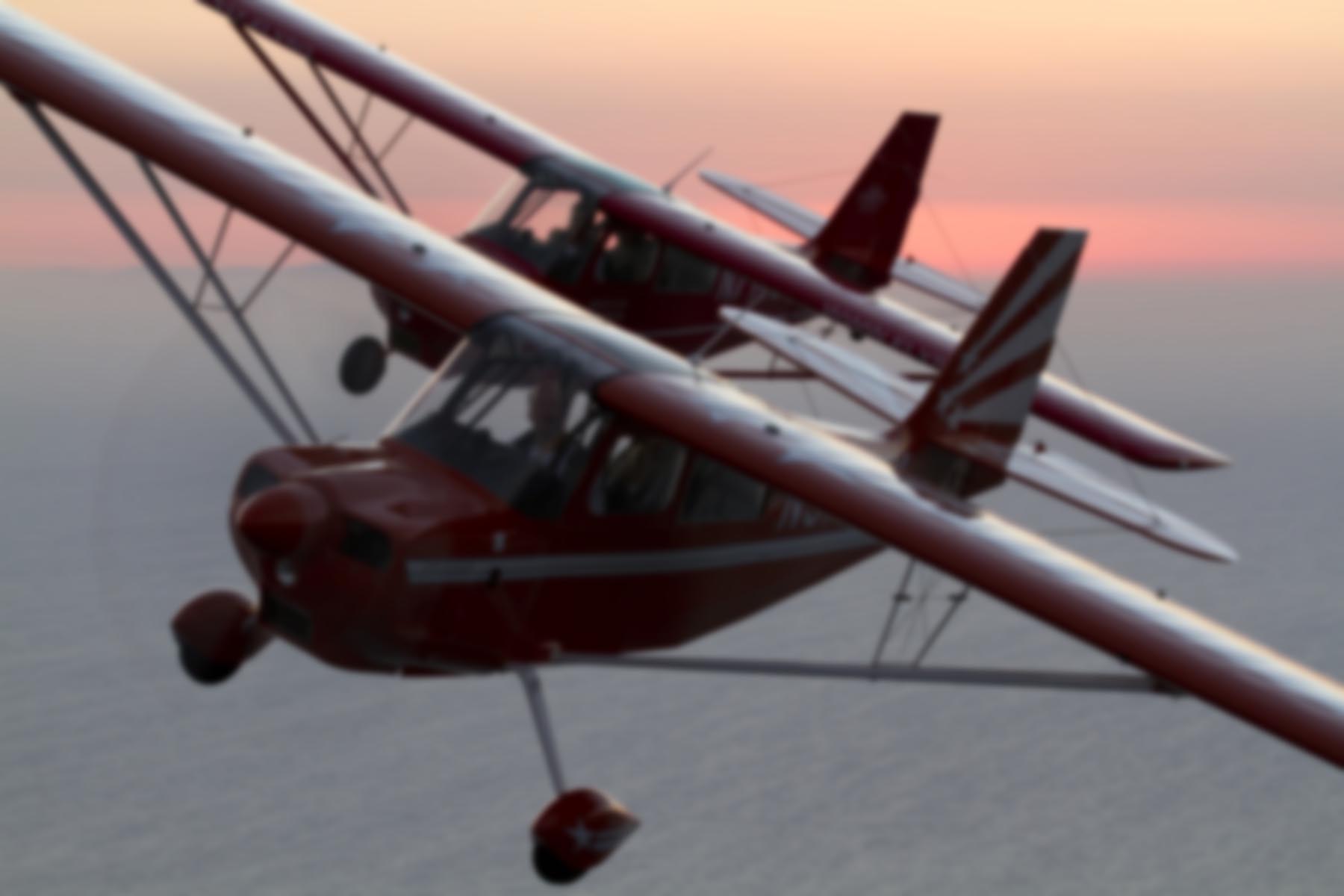Snow is a funny thing. It reinforces the essential truth that airplanes are both incredibly strong and terribly fragile.
Snow looks pretty, but when enough collects on the top of an aircraft’s wing while it’s parked on the ramp, the sheer weight of that snow can be enough to damage it. I can’t find it at the moment, but AVweb has a great photo of a piston single with a broken wing from snow accumulation.  Other times, the weight of all that frozen stuff will push the tail down to the ground, leaving the nose high in the air as though the airplane is on the verge of flying away.
A good friend who just moved to Susanville, CA sent me this photo of his Skylane sitting on the ramp. He said, “Four people were expecting to witness a crash and I made a perfect landing with 100 ft overcast on 6″ of fresh snow on the runway!”


100′ Overcast? So how did he leagly land?
14 CFR 91.175(c)(3)(i) specifies that “…the pilot may not descend below 100 feet above the touchdown zone elevation using the approach lights as a reference unless the red terminating bars or the red side row bars are also distinctly visible and identifiable.”
In other words, if the pilot is on an ILS, reaches decision height (typically 200′), and has the above references in sight, it is permissable to descend another 100′. At that point, you have to see either the larger runway lighting system, the runway itself, or its markings in order to land.